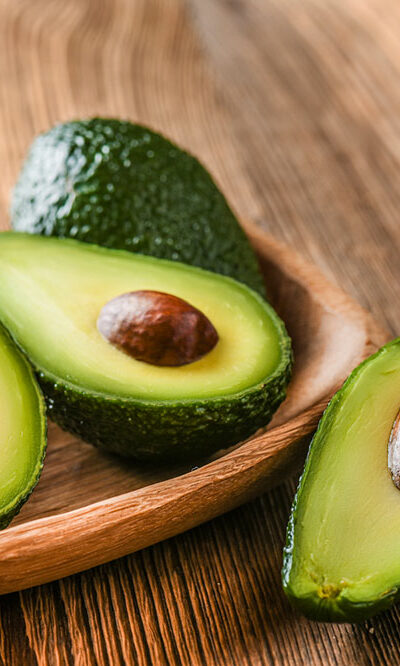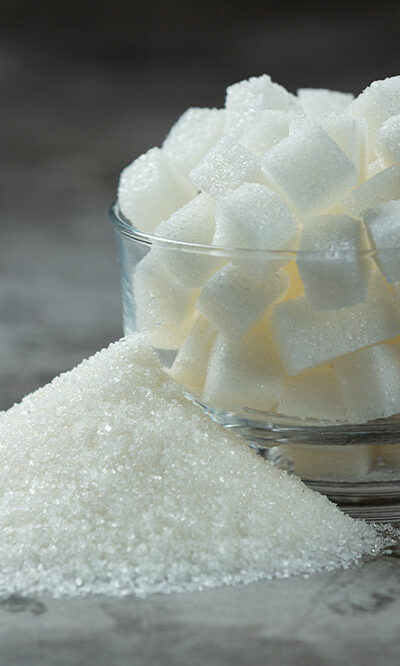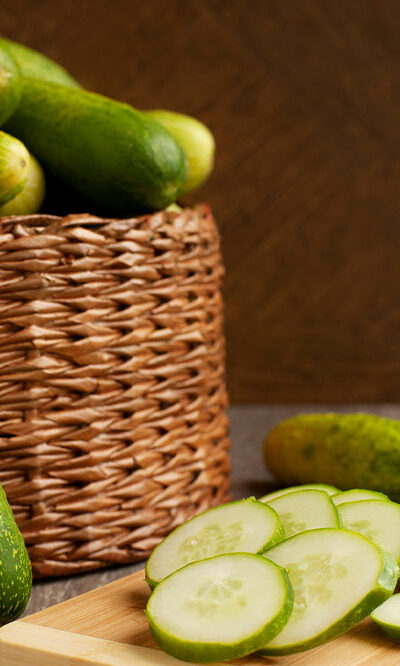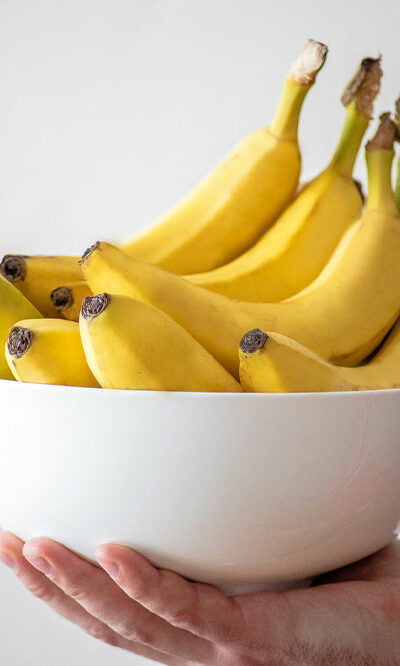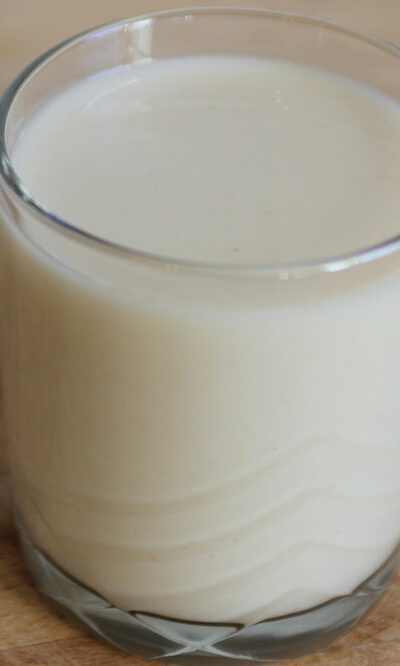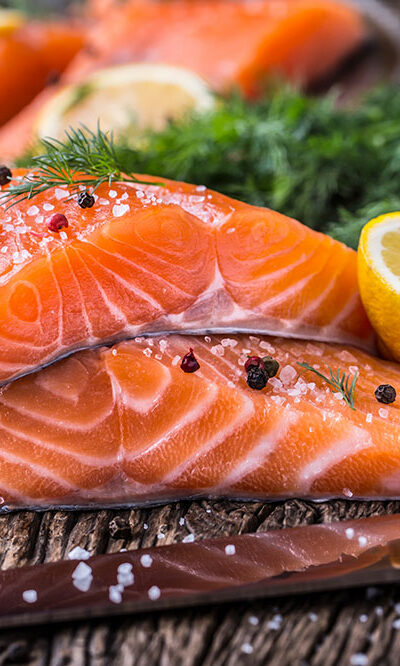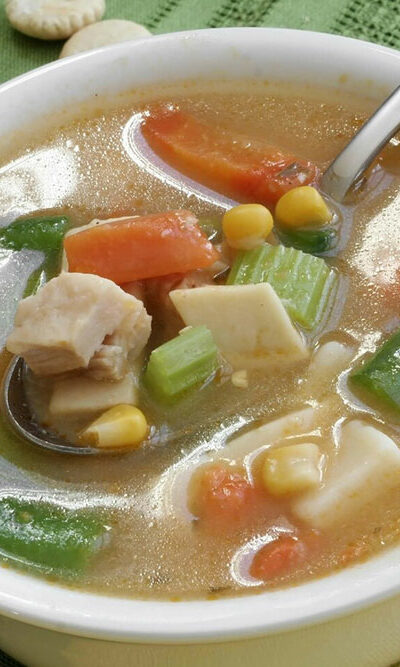
12 everyday foods to relieve a stuffy nose
A stuffy nose or nasal congestion is generally caused by inflamed blood vessels or mucus in the sinuses because of allergies, colds, or flu. It affects normal breathing, leads to appetite loss, and makes it difficult to perform routine activities. While a stuffy nose typically goes away in a couple of days, one may require some home remedies to manage the discomfort. Here are certain foods to have that give relief from a stuffy nose. Chicken soup Packed with nutrients and flavors, chicken soup is good for getting relief from discomfort caused by a stuffy nose. It contains lots of vitamins, minerals, calories, and protein, that are required by the body while recovering from an illness. Also, the chicken in the soup is a good source of amino acid cysteine, which has antiviral and anti-inflammatory properties. It breaks down the mucus in the nasal passage opening up the sinuses. Moreover, chicken soup is enriched with electrolytes, which keeps the body hydrated, quickening the process of recovery. Broths Similar to chicken soup, broths are also effective in relieving a stuffy nose. They are good sources of electrolytes and fluids that can help in soothing the inflamed nasal membranes. Drinking warm broth made from either vegetables or meat is often recommended to alleviate the discomfort caused by a stuffy nose. Rich in flavor, broths are easier to have as well since a stuffy nose often makes a person lose their appetite. Garlic Garlic has several health benefits, which makes it an effective remedy to manage many health conditions. It has antifungal, antibacterial, and antiviral properties. Moreover, it helps to improve the function of the immune system. Therefore, adding garlic to one’s meal prep can not only add some intense flavors but some essential nutrients as well. This can help in recovering from a stuffy nose, especially if it is caused by allergies or infection.


